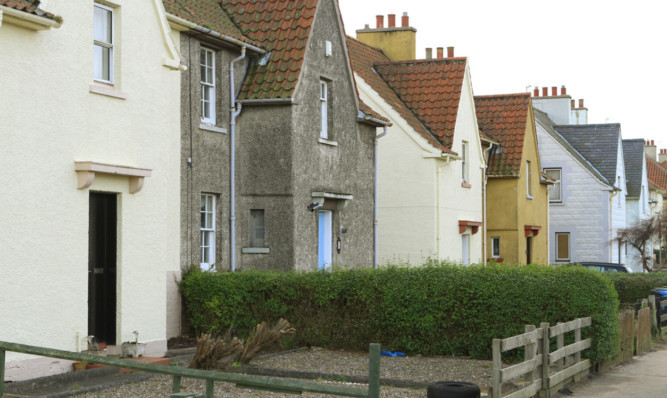St Andrews is turning into an “elephants’ graveyard” because of the lack of affordable housing opportunities for local families, it has been claimed.
These concerns have been raised by St Andrews Community Council, as St Andrews University defended its provision of student accommodation in the town and student leaders spoke of the town’s “out-of-control rental market”.
An inquiry was established by the St Andrews Town Commission on Housing into housing need and problems in the town.
A shortage of affordable housing has long been an issue, with the desirability of St Andrews as a residence, sold-off council housing and an increasing number of buy-to-lets/holiday homes cited as reasons why many local young families have been forced to leave the area or sit on lengthy council or housing association waiting lists.
Community councillors and student representatives believe more meaningful action needs to be taken to address the difficulties faced in the local housing market.
In a week when it was confirmed that Fife Council has sold the former St Andrews Police Station to a private developer for an undisclosed sum of more than £1 million and not for affordable housing, as some had hoped St Andrews Labour Councillor Brian Thomson confirmed this was not deemed feasible by Fife Council because it could not generate enough capital receipt from an affordable housing development.
Community council planning committee member Penny Uprichard said there seemed to be “plenty ways for developers to evade” affordable housing responsibilities.
She said no new affordable housing had been built in the town since 2006 but since then developments for prestigious non-affordable housing had been earmarked for the former St Andrews Memorial Hospital site, New Park, Hamilton Hall and now, it seemed, the former police station.
Community councillor Marysia Denyer said: “There’s no doubt about it: St Andrews is turning into an elephants’ graveyard. We desperately need affordable housing.”
St Andrews University Students’ Association community relations officer Ali West urged people not to blame the town’s 7,777 full-time students for putting pressure on the housing supply.
In a week when figures showed that St Andrews University contributes more than £484m a year to the Scottish economy including students contributing £36.4m to St Andrews alone she said the St Andrews rentals market was “out of control”.
She knows of many students including herself who cannot afford to stay in their flats next year because of rising costs. Some landlords have blamed costs incurred by Fife Council’s HMO renewal process.
St Andrews University Students’ Association President Freddie Fforde, who this week gave evidence to the St Andrews Town Commission on Housing, said: “Let’s not presume that students are all well heeled, in beautiful flats. I can assure you they are not and are as much victims of the system.”
A St Andrews University spokesman said the university provided accommodation for approximately 55% of its students, which was a greater proportion, per head of student population, than any other British university.
He added that its residences are usually full. However, this year there had been approximately 300 empty rooms, which the university said was because it held back some rooms in an “uncertain recruitment environment” in order to make sure they met their pledge to offer all entrants a place in halls. A number of students accepted offers of accommodation but did not subsequently take them up.
